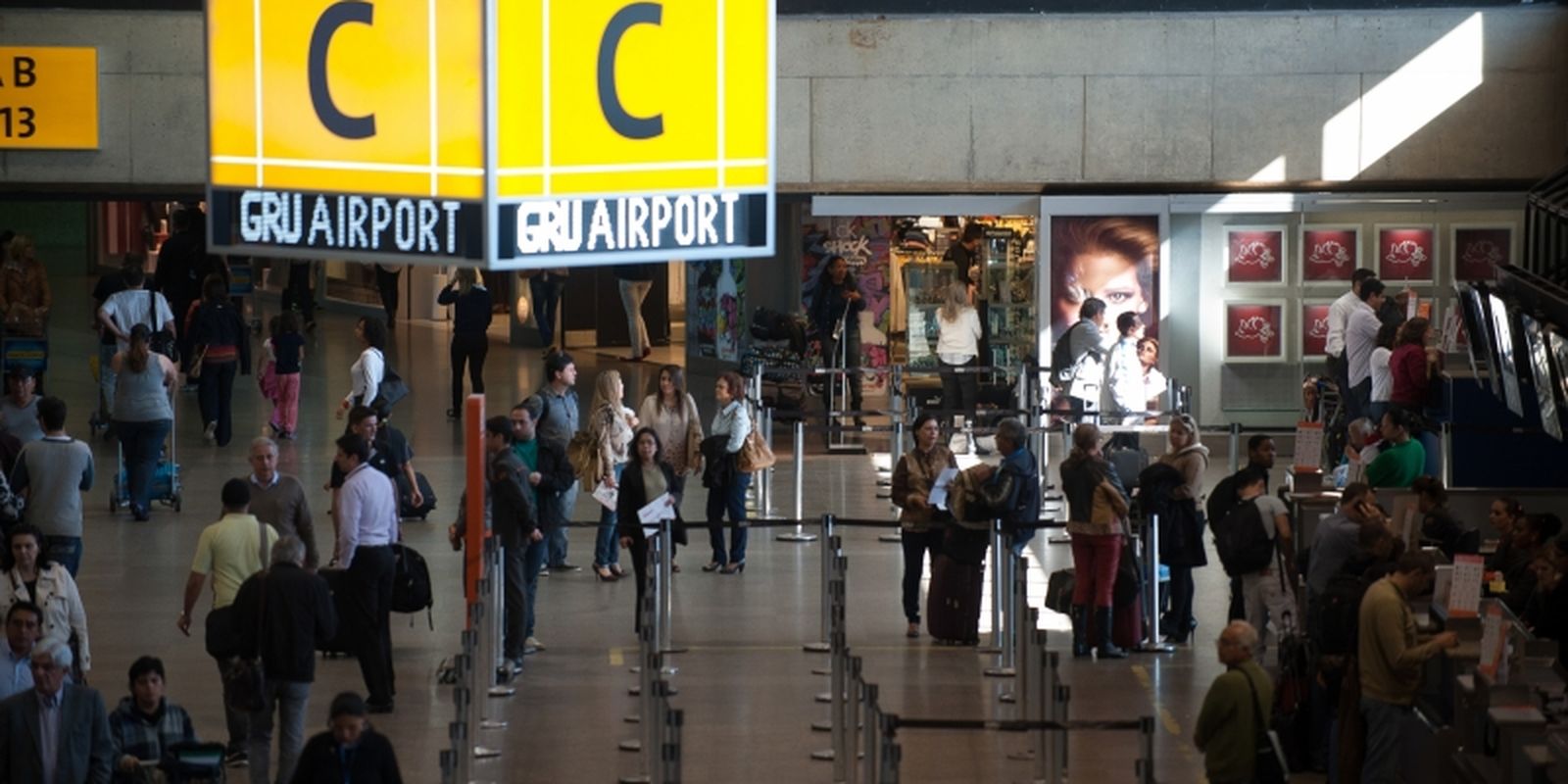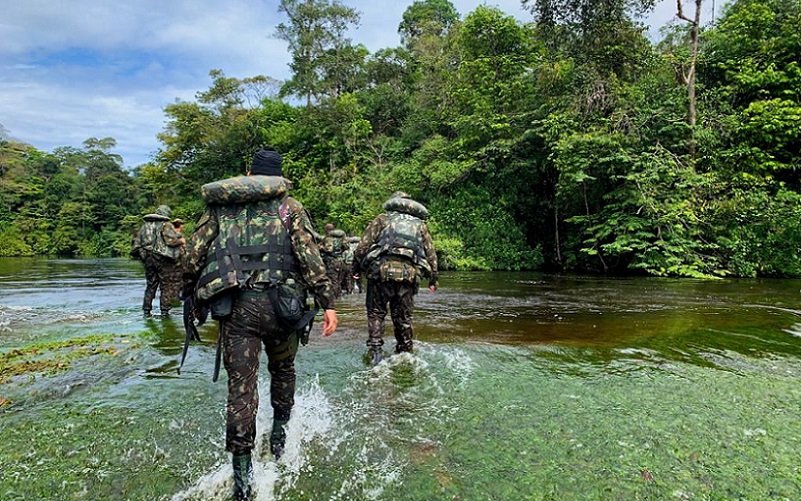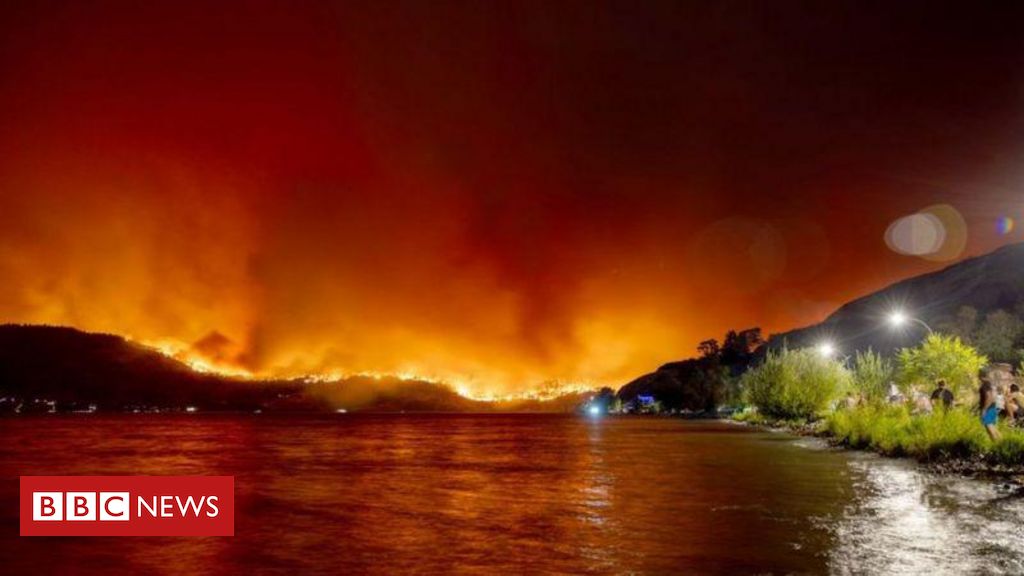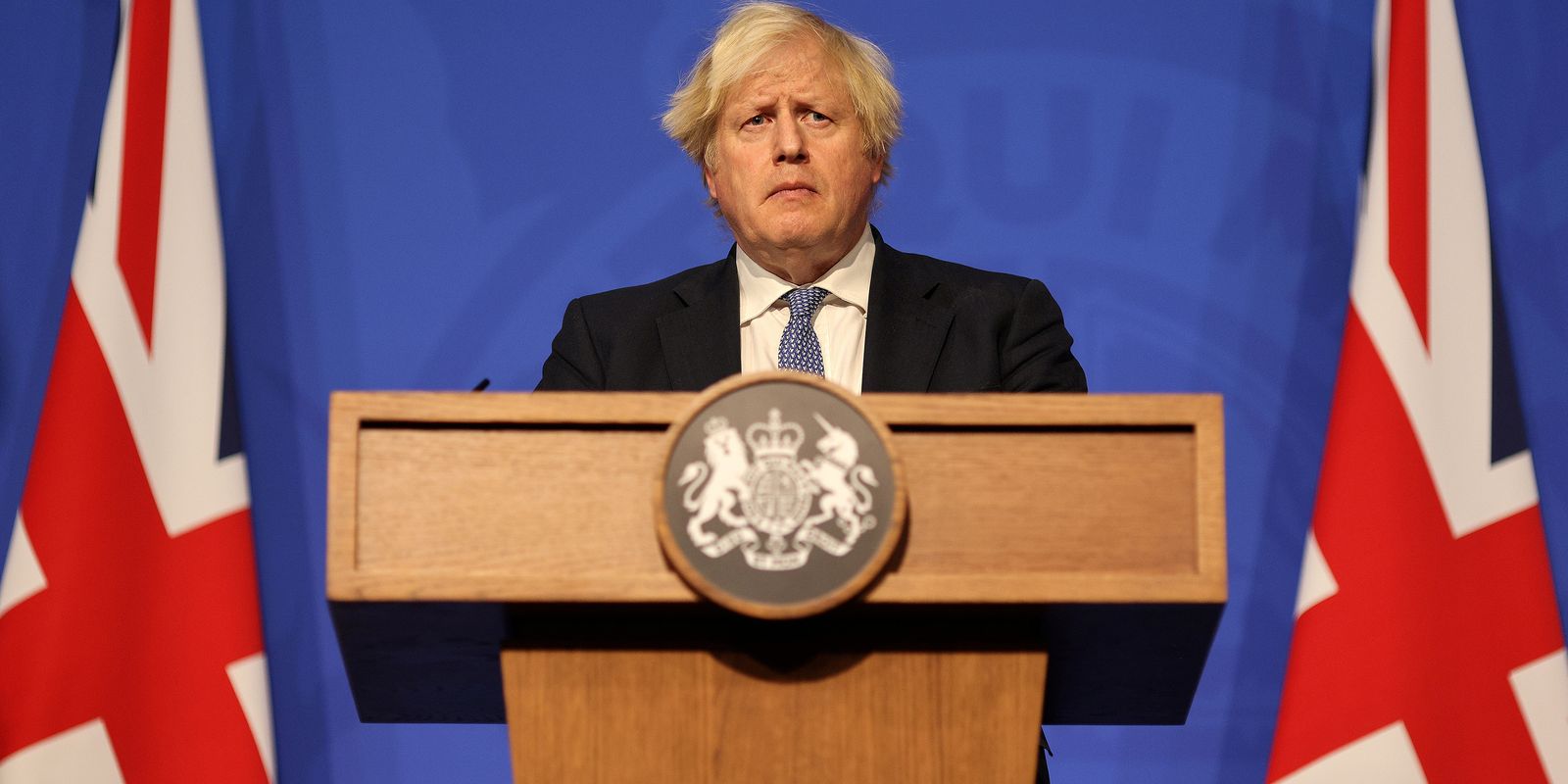More Indian graves have been discovered on the grounds of a former school in Canada, this time with the remains of 182 people. This is the third time since May that such locations have been identified.
- More than 1,000 unmarked graves have been discovered in the past 30 days
“You can never fully prepare for something like this,” said Chief Jason Louie of the Lower Kootenay Tribe, part of the Ktunaxa Nation.
Indigenous leaders said they hoped more graves would be uncovered as investigations progressed.
The most recent discovery came on the eve of Canada Day, the country’s founding holiday when three British colonies united in 1867.
Many Indigenous people in Canada have never recognized the date, a sentiment that has grown in recent weeks as more graves have been discovered.
Cities across the country have canceled celebrations and statues have been vandalized or removed.
How were the bodies found?
The community of ʔaq’amone of the four tribes of the Ktunaxa nation, used devices that emit electromagnetic waves to uncover graves near ancient St. Eugene
The indigenous nation said it was too early to say whether the remains belonged to former students. Some remains were found in shallow graves, Lower Kootenay said in a statement.
in St. Eugene’s was operated by the Catholic Church from 1912 until the early 1970s. Up to 100 Lower Kootenay members were forced to study there, according to the tribe.
But the remains were found in the ʔaq̓am cemetery, which dates from 1865. The cemeteries were once marked with wooden crosses that had crumbled or been removed over the years.
“These and other factors make it extremely difficult to establish whether or not these unmarked graves contain the remains of children who attended school,” the community said.
What are these schools?
in St. Eugene’s was one of more than 130 residential schools funded by the Canadian government and run by religious authorities during the 19th and 20th centuries with the goal of assimilating native youth. The Catholic Church was responsible for up to 70% of them.
When enrollment in these institutions became compulsory in the 1920s, parents were threatened with imprisonment if they did not comply.
Between 1863 and 1998, more than 150,000 Aboriginal children were taken from their families and placed in these schools. They were often not allowed to speak their language or practice their culture.
An estimated 6,000 people have died while attending these schools – so far more than 4,100 children have been identified – largely due to poor sanitation conditions.
Students were often housed in poorly constructed, poorly heated and unsanitary facilities. In 1945, the death rate for children in residential schools was nearly five times that of other Canadian children. In the 1960s, the rate was still double.
Physical and sexual abuse by school officials caused others to flee. “They made us believe we had no souls,” the former student told a news conference. “They were putting us down as people, so we learned not to like who we were.”
Other bodies were found
This is the third time that unmarked graves have been discovered at such sites since May.
That month, the remains of 215 Indian children were found at the largest boarding school of its kind in Kamloops, British Columbia. It is believed that the youngest of them was around 3 years old.
VIDEO: The terrifying discovery of the remains of 215 Indigenous children in Canada
The school operated between 1890 and 1969 and received 500 indigenous students at one time, many of whom were sent to live hundreds of miles from their families.
Of the remains found, 50 children are believed to have already been identified, said Stephanie Scott, executive director of the National Center for Truth and Reconciliation, a commission launched in 2008 to document the impacts of the system.
Their deaths, when known, range from 1900 to 1971. But for the other 165, no records are available to determine their identity.
Last week, Cowessess Nation leaders said the remains of 751 bodies, mostly children, were found at the site of another school in Saskatchewan.
They said it was the “largest and most important discovery to date in Canada”.
Marieval Indian Residential School was run by the Catholic Church from 1899 to 1997. It is still unclear if all remains are connected to the school.
Politics was seen as cultural genocide
This news comes amid a long process of reexamining the national conscience about the legacy of these Canadian schools. The findings angered many, and makeshift memorials were erected across the country.
“The general public’s outrage and surprise are certainly welcome,” said Assembly of First Nations Speaker Perry Bellegarde. “But that’s no surprise. Survivors have been saying this for years and years, but nobody believed them.”
On Wednesday (July 30), Prime Minister Justin Trudeau said the grave finds “have forced us to reflect on the historic and ongoing injustices that Indigenous peoples face.”
The National Center for Truth and Reconciliation, created through an agreement between the government and indigenous nations, found that large numbers of children never returned to their communities. The commission’s report, released in 2015, said the practice amounted to cultural genocide.
The 4,000-page document details widespread failures in the care and safety of children and complicity on the part of church and government. The poor conditions in the schools, according to the report, were largely due to the Government of Canada’s decision to cut costs.
In 2008, the Canadian government officially apologized for the system. The Catholic Church has yet to issue an official apology.
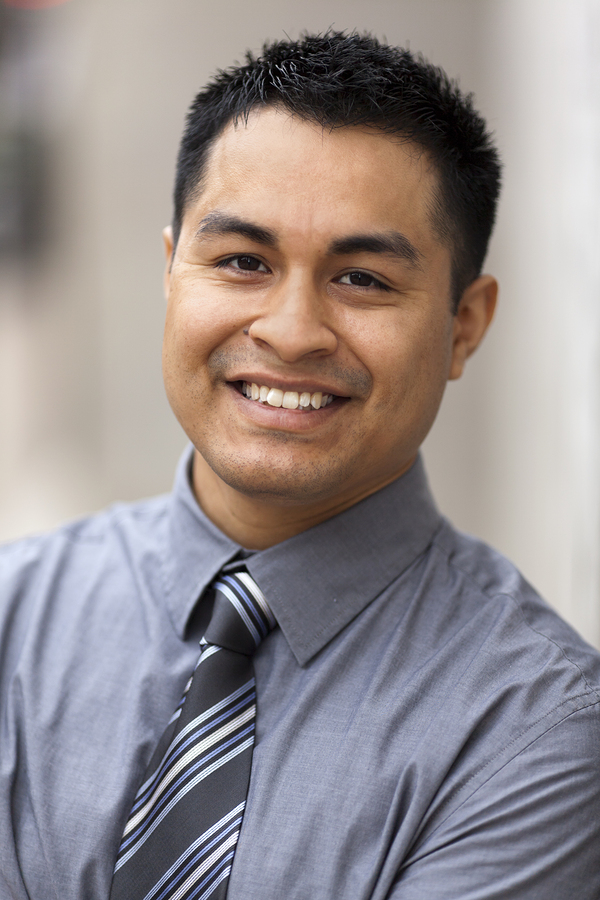
“Freelance communicator. Hardcore web practitioner. Entrepreneur. Total student. Beer ninja.”

:strip_icc()/i.s3.glbimg.com/v1/AUTH_59edd422c0c84a879bd37670ae4f538a/internal_photos/bs/2021/a/g/Oh2UM8TbAN5d4lp3r8UA/119155725-cdtop.jpeg)
